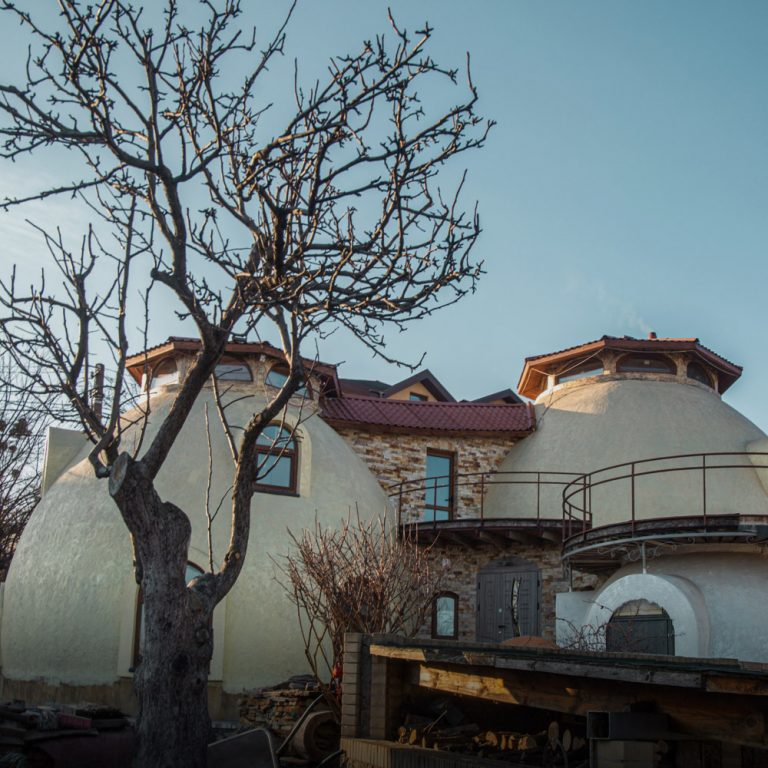When it comes to construction, we’re used to hearing words like concrete, cement, reinforcing steel, mineral wool, and polystyrene blocks. But hemp? Not so much. This is the story of a Ukrainian startup that produces building materials from industrial hemp and is already exporting its technology abroad.
During the concrete production phase alone, a house made from 100 cubic metres of concrete emits up to 20 tonnes of CO2 into the atmosphere. That’s the same amount that a car emits over a distance of 100 000 kilometres.
Carbon dioxide (CO2)
One of the greenhouse gases that play a part in shaping our planet’s climate, its concentration in the atmosphere has steadily increased since the beginning of the industrial revolution in the 20th century. There is not enough time for plants and oceans to absorb these vast amounts of CO2, which disrupt the carbon cycle and may accelerate uncontrolled climate change.Eco-friendly (or green) construction differs from standard construction processes in that it creates far less waste during the production of building materials, and consumes less energy in all the phases of a building’s life: construction, operation, repair, and demolition.
Since 2014, increasing numbers of eco-friendly construction firms have sprung up in Ukraine: LifeHouseBuilding specialises in timber-frame houses made from straw panels; Neoacre builds houses with thermal insulation and a hermetic shell, which produce energy using solar panels; the startup PassivDom creates modular homes that are completely autonomous from the electricity and gas networks.

Houses from hemp
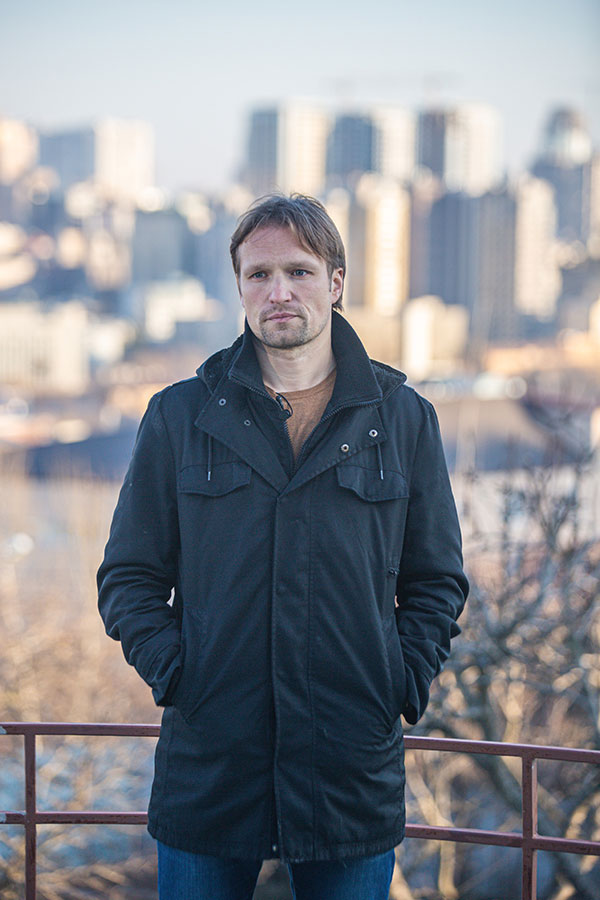
The company Hempire has been producing ecological building material from industrial hemp since 2015. Its founder Serhii Kovalenkov believes that with time, the trend for “green” homes will only continue to grow in Ukraine:
— We are not the only company building eco-homes in Ukraine. There are companies that use thatch and reed as materials for construction. There is a lot of potential in this area, since people are beginning to wonder what kind of conditions their families, their children are going to live in. We need to help each other, not compete against each other.
The materials used in eco-friendly construction are based on natural components, or raw materials that do not emit toxic substances. These might be wood, thatch, hemp, bamboo, rammed earth, mushroom mycelium, to name but a few.
Industrial hemp shives, previously considered as a waste product of fabric and rope production, can actually serve as a valuable raw material and an alternative to conventional insulation, such as mineral wool or foam.
Hemp Shives or hemp hurd
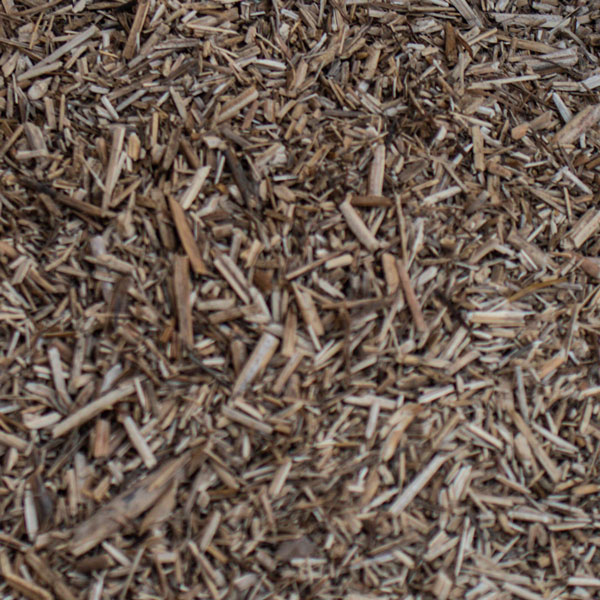
Industrial hemp is a type of hemp with an extremely low level of tetrahydrocannabinol (THC). According to the Criminal Code of Ukraine, industrial hemp is not a narcotic drug and is allowed for cultivation and use, as its THC content does not exceed the legal limit of 0.08%. For comparison, the maximum THC content permitted in most European countries is 0.2%.
Tetrahydrocannabinol
The main psychoactive constituent of cannabis.Products made from industrial hemp can be found in almost every home: from tow fibre to paper. Up to 60% of hemp fibre is used in the pulp and paper industry. The seeds are widely used in the food industry, and the oil is used in cosmetics.
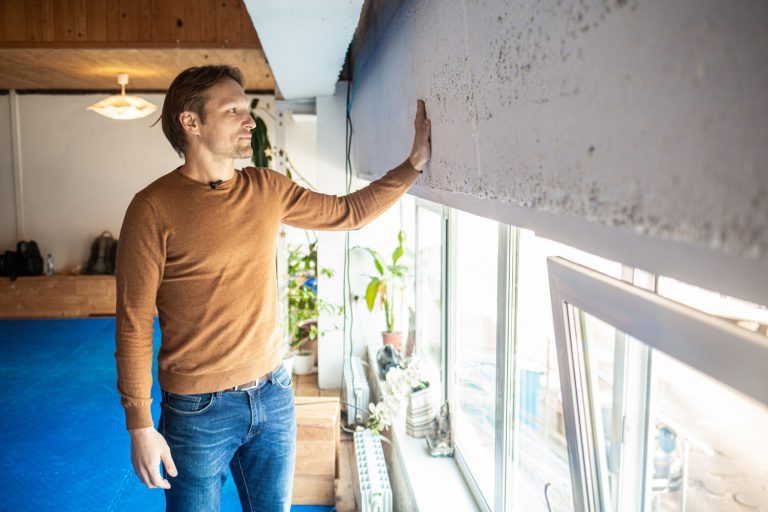
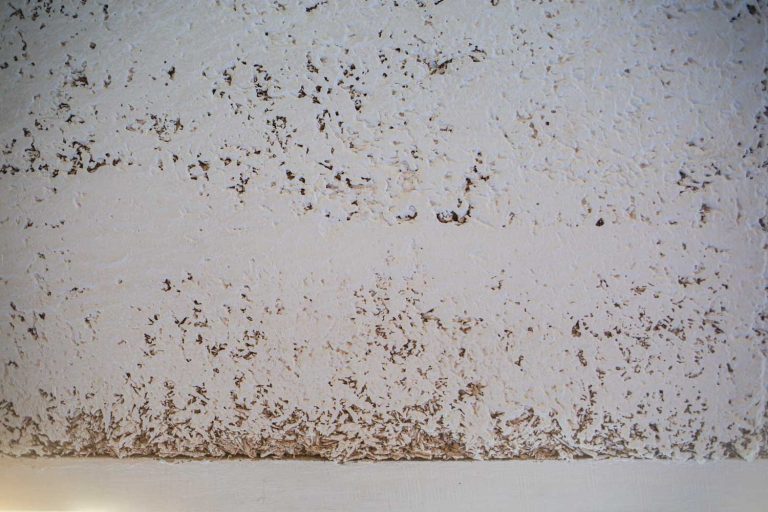
slideshow
Building material made from industrial hemp can be moulded into any shape, and dries quickly: the formwork (temporary moulds used in construction – ed.) can be removed within half an hour of being filled with material.
Hemp yields more plant mass per year than a 50-year-old forest, actively absorbing carbon dioxide. During the growing season, one hectare of hemp can absorb up to ten tonnes of CO2 from the atmosphere.

Serhii Kovalenkov shows a photograph of one of the stages involved in building a dome, using a mix containing industrial hemp.
In the 1960s, 100 000 hectares of hemp were planted in Ukraine. Subsequently, the number of plantations began to decline rapidly due to the focus on the plant’s narcotic content. In that same period, a series of regulations restricting or prohibiting the cultivation of hemp were being adopted worldwide. These included the UN Single Convention on Narcotic Drugs of 1961, and the Convention on Psychotropic Substances of 1971.
According to the Bast Crops Research Station in Hlukhiv (part of Ukraine’s National Academy of Agrarian Sciences), Ukrainian growers were the first in the world to develop a variety of hemp that contained little to no THC, in the second half of the 20th century. This is the variety we now call industrial hemp.
Until 2012, industrial hemp could only be grown in Ukraine under severely restricted conditions. Plantations had to be guarded, which increased the cost of production by 30%. The overall surface area sown with this crop decreased to 270 hectares nationwide. However, in August 2012, the Cabinet of Ministers adopted a decree simplifying the growing conditions. As of 2016, hemp was cultivated over a surface area of almost five thousand hectares, a figure that is gradually increasing.
A licence is required to grow industrial hemp in Ukraine, and it is permitted to sow only those varieties listed in the State Register of Plant Varieties permitted for dissemination in Ukraine. At present, there are 12 varieties of hemp on the list.

Instead of Concrete
Hempire has developed a material called Hempire-mix, which can be used as insulation, or as a replacement for concrete and bricks. It is made from the crushed stems of industrial hemp (hemp shives), water, and a lime-based binding agent, without any toxic ingredients. To produce this insulation material, the ingredients need to be mixed quickly enough to install the formwork around the parts of the frame, and the mixture needs to be tamped down to a thickness of 10-15 centimetres.
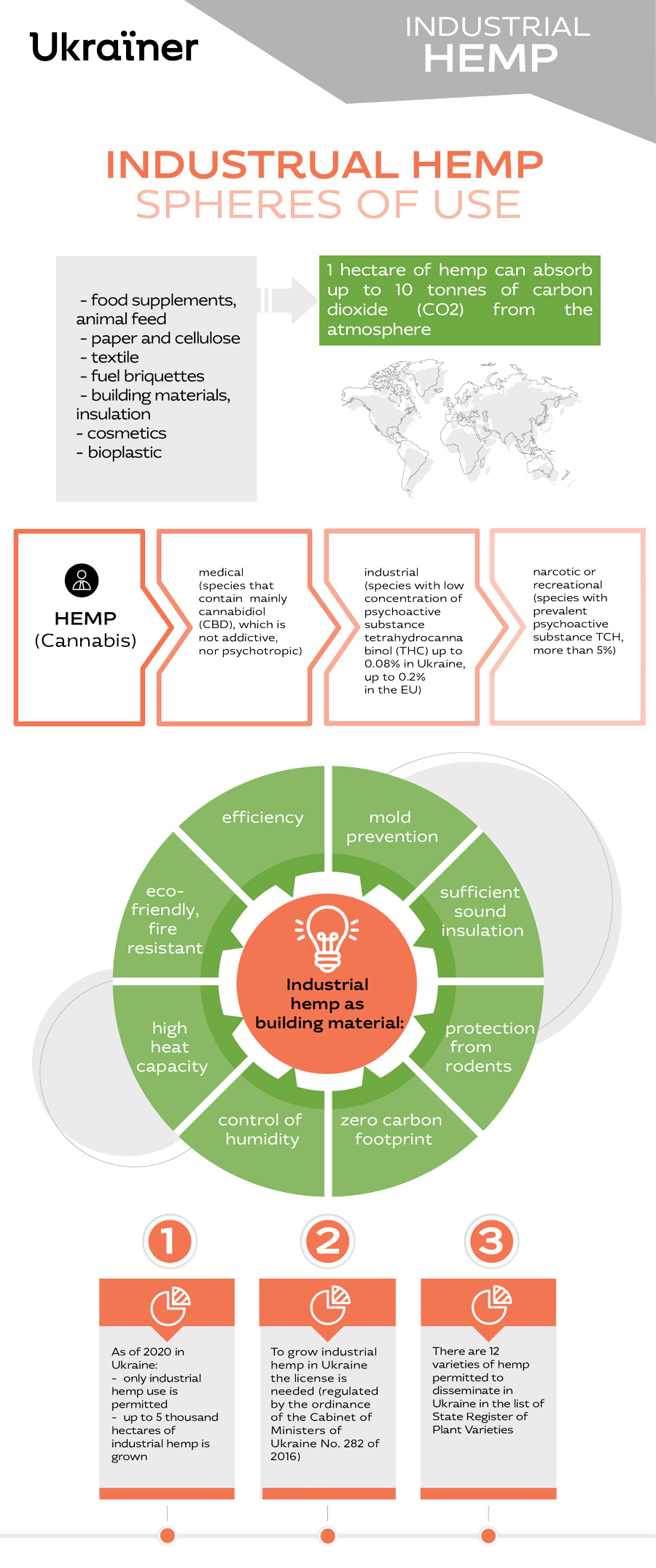
The uniqueness of Hempire-mix is in the binding agent, which does not contain cement: “hempcrete” is already used by various companies worldwide, but can be mixed according to slightly different formulas.
Serhii Kovalenkov graduated from Carleton University in Ottawa with a degree in civil engineering, and spent several years managing construction projects in Canada, the USA and Switzerland.
While helping to build houses in Australia, Serhii learned about the use of hemp in construction. He gained experience with the material on several projects, and realised that he could develop his own, cement-free recipe for the mixture. Hemp insulation that contains cement cannot be recycled or reused after it hardens (or to do so would be very expensive). However, a mixture made solely from natural ingredients can be ground, recycled, and added to a new insulation mix.
— It’s my life’s work. I see that we can produce high-quality, energy efficient materials from organic raw materials in Ukraine. Once someone said to us: “What are you doing this for? Mix the hemp with cement and you’ll be fine!” But we have chosen another path, a more painful one.
The company founder says that a hemp mix for construction has many benefits. It is not only environmentally friendly, but also energy-efficient:
— One of the advantages of these homes is how much you’ll save on heating and cooling. This insulation can regulate the humidity level, accumulate heat and then get rid of it. It also provides very effective soundproofing.
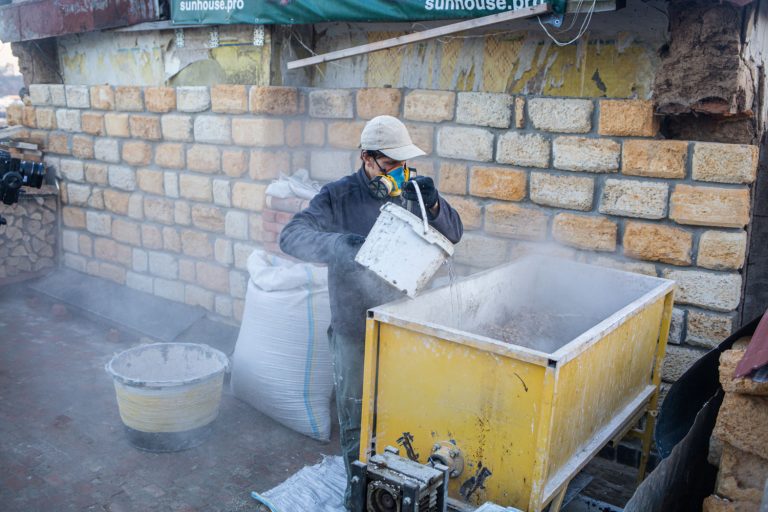
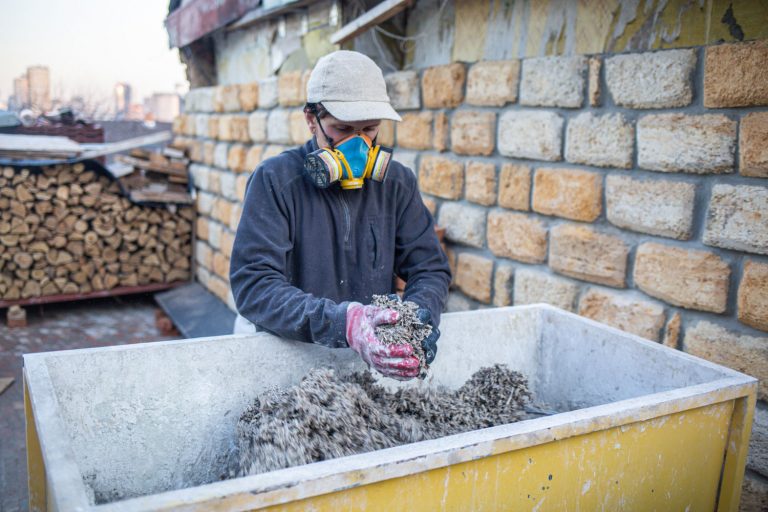
slideshow
Serhii recalls the questions and doubts his business raised, given that this technology is relatively new to Ukraine:
— The first question from potential customers was whether any such projects had ever been implemented in Ukraine before. And we weren’t able to show them anything.
By the start of 2020, Hempire had already implemented up to 60 projects in Ukraine, the USA, Poland, and Sweden. In California, they made a home on wheels from local raw materials mixed with Ukrainian binding agent.
— The hemp is ours, from Ukraine. From the beginning, our task has been to use domestically-produced materials for our building, so as not to depend on imports. The number of fields in Ukraine is increasing every year, as well as the number of farms. So there are no issues with hemp these days.
Even in recycled form, hemp reduces a building’s carbon footprint, since Hempire-mix continues to absorb CO2 even while it hardens:
— We see that the insulation material becomes harder with every minute, and stronger with every passing day. And then it turns into a kind of stone, which we plaster with lime or clay.
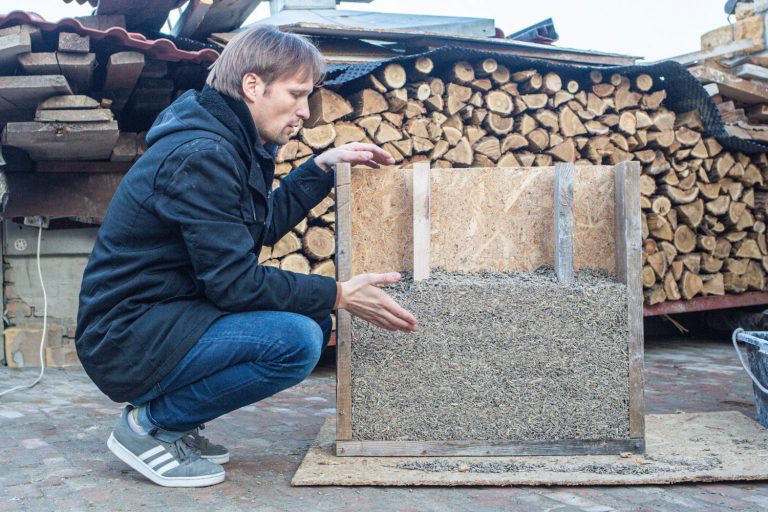
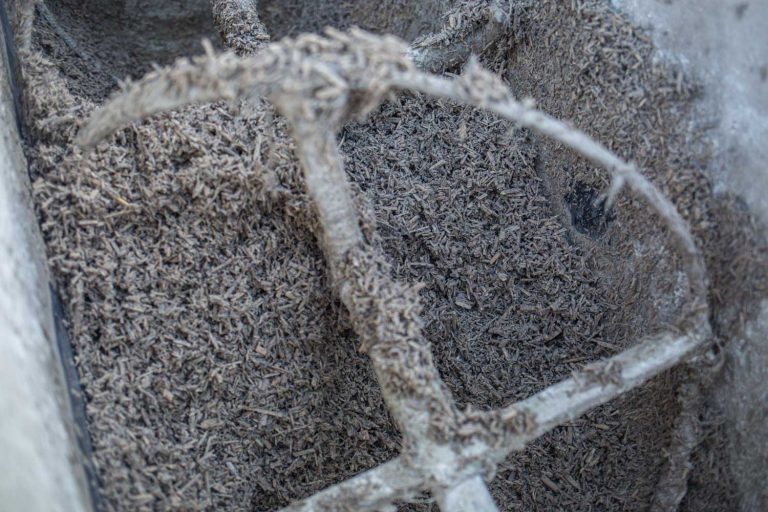
slideshow
Hemp can be used to insulate building facades, floors, foundations, and roofs. This kind of insulation is just as suitable for private homes as it is for offices, schools, and kindergartens.
— We plan to develop new hemp-based building materials to insulate multi-storey buildings. This is a very big problem in Ukraine: there are so many concrete buildings that need to be insulated. We are already developing slabs for this, and have prepared samples.
Thanks to their latest formula for recyclable natural insulation material, Hempire has received a “Climate Innovation Voucher” for the development of green technology, which is part of the grant programme of the EBRD (European Bank for Reconstruction and Development), funded by the European Union. This will allow them to obtain certificates for further entry into local and European markets. Serhii Kovalenkov says the team will soon receive protocols for laboratory testing that will allow the insulation to receive certifications.
— When gas prices went up, Ukrainians came to understand the meaning of the term “energy efficiency”. Since 2014, a great number of startups have appeared in Ukraine, particularly in this field. People here are beginning to realise that we can do everything ourselves.

Green homeowners
Dmytro Tereshchenko is one of Hempire’s first clients: he enlisted them to complete the second floor of his house using this new technology. Having lived there with his family for two years, Dmytro noticed the difference in insulation between the first and second floors. The first storey was very cold, and the second one conserved the heat much longer.
– When I was building the house, sustainability was my first priority. My second was comfort.
During the first stage of construction, he did have doubts about the durability of a building like this:
– In November, when we covered the second floor, and it was already frosty outside, I had some doubts. I was looking at the holes in the wall, and my wife said, “That’s nothing. If anything happens, we’ll cover all this with styrofoam.” But we didn’t have to.

Dmytro’s house has no air conditioning units: he claims that the walls “breathe”, and no additional cooling is needed. He also says the hemp walls really help to save money: for a house with a surface area of 150-200 square metres, using an electric boiler, you will pay up to 1000 hryvnia per month.
Serhii Kovalenkov says hemp insulation can also maintain humidity inside the house at 50-55% (bearing in mind that an optimal humidity level is anywhere from 40-60% – ed.).
– Hemp insulation is able to accumulate heat and then release it. When the boiler is running, the walls accumulate heat; when you turn off the boiler, the insulation lets the heat into the house.

Dome houses
One particular category of low-rise building is the dome house. In the 20th century, spherical construction in its modern form was popularised by American architect Richard Fuller. The geodesic dome structure is created thanks to specially-connected girders, meaning the volume of the room can be increased while keeping the weight of the structure to a minimum.
Serhii Kovalenkov says that Hempire was the first to try to build a dome using hemp, and now they are in demand from foreign clients.
Serhii Boiko, one of Hempire’s Ukrainian clients and the owner of a dome house in Kyiv, remembers thinking about a project like this back in 2009. He works in the construction industry too, and got interested in ecology when he had a business selling organic food:
– I was thinking entirely about health. I have four children (all daughters), and they inspire me to do something magical. After a while I realized that the shape was good, but the walls weren’t eco-friendly. So the question was, where could I get green building materials? Everything I found was cement-based.
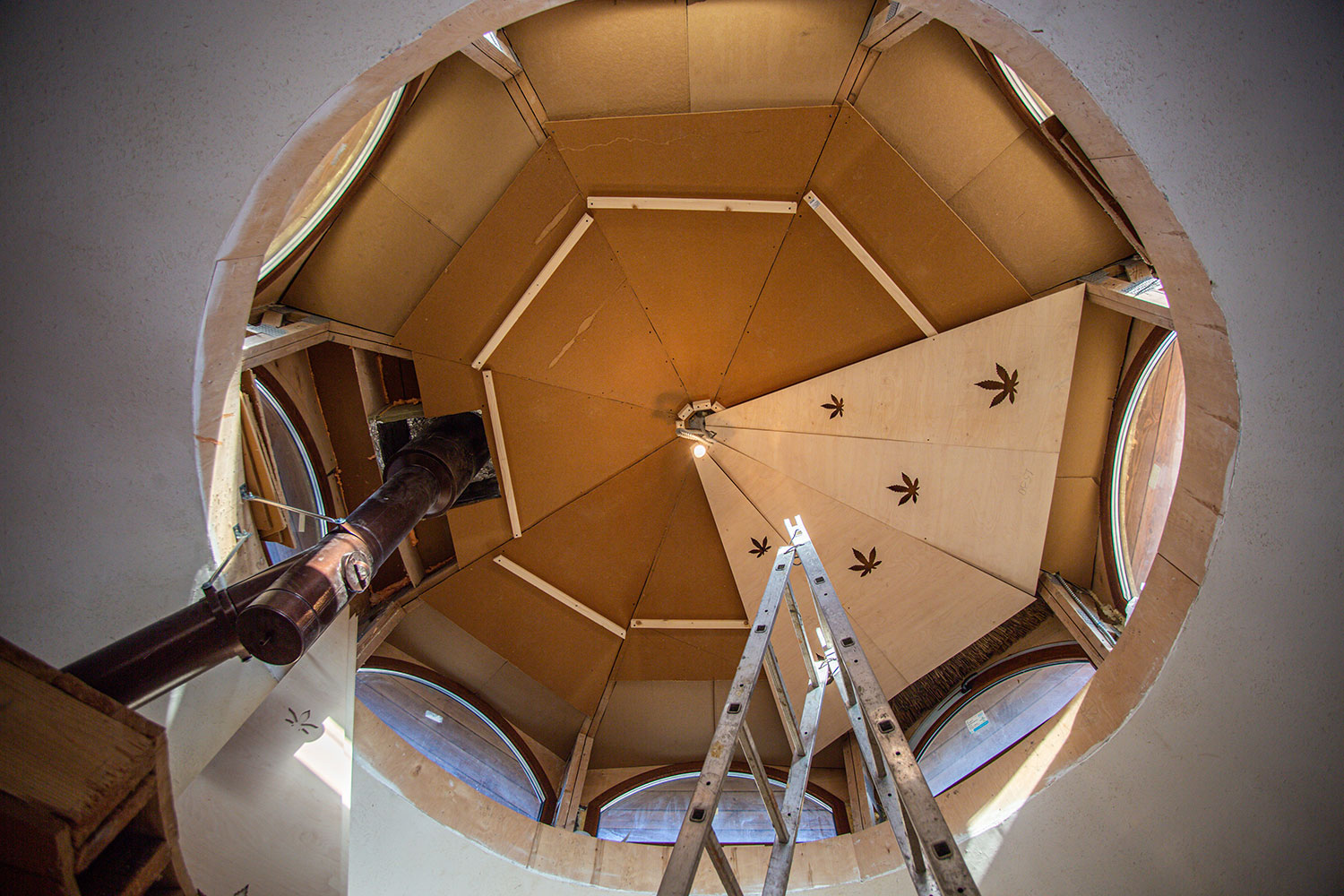
According to Serhii Boiko, the hemp-insulated house can maintain the same temperature for an hour without additional heating. The 30-centimetre layer of insulation made from eco-friendly materials, which accumulates heat, also helps him save money on heating.
Serhii Kovalenkov sees this dome project as unique, as it combines two technologies:
– One dome was built from expanded polystyrene concrete (also called EPS concrete or lightweight concrete – ed.), the other from industrial hemp. It is a very symbolic building because Serhii has a construction company, and when he learned about our technology, he started to build a second dome, but using natural substances. That means we got him on our side. He crossed to the good side, to the hemp side.

Serhii Boiko remembers that the hemp mixture was more expensive than traditional building materials. But despite friends asking him, “Why pay more?”, he dared to try out the new blend, considering the long-term perspective:
– If you think in the short term, you don’t question any of this. But what about the children? I’ll live a little longer, and then what? It will be like: dad built a cool house, but he just used ordinary materials?
supported by
Supported by Greencubator and Climate Innovation Vouchers projects, financed by European Bank for Reconstruction and Development, and European Union


